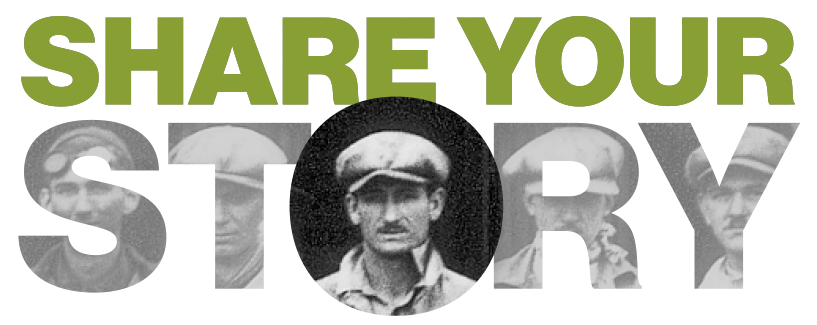During my eight years working for the Beech Aircraft Corporation in Wichita, Kansas, a majority of that time was spent teaching pilots and mechanics the airframe and engine systems of the Beechcraft Super King Air 200 turboprop business aircraft. The classes typically included people from many different countries and nationalities, and language barriers occasionally caused problems with communicating how systems worked for those who did not read, write or speak the English language.

One such class that I taught involved mechanics from the United Kingdom, Ireland, Europe and Japan. Although language was not an issue with the English-speaking attendees, that was not the case with the Japanese. Four mechanics were led by a chain-smoking translator who spoke perfect English and wore an impeccable business suit each day. By contrast, his four mechanics all wore white shop coats so there was never any doubt as to who was in charge.
I was very concerned as to how the mechanics were going to understand my explanations each day for two weeks. My Japanese associate came up with a simple solution – we agreed that I would teach for a short time, then he would raise his hand, signaling me to stop so he could translate to the mechanics. He stood up, and in loud and rapid Japanese, gesturing as required while pointing to diagrams in their systems manuals, he would elucidate for a few minutes, then inquire if his men understood, to which they inevitably replied in concert, “Hai!” “Hai!” “Hai!” “Hai!”.
Satisfied that they got the message, their leader would then look up at me say, “Proceed, Phillip-san.” It was fun, and I think the other students in the class enjoyed his Japanese lectures multiple times per day. I certainly did.

 Back
Back